6. Close Encounters of the Third Kind (1977)
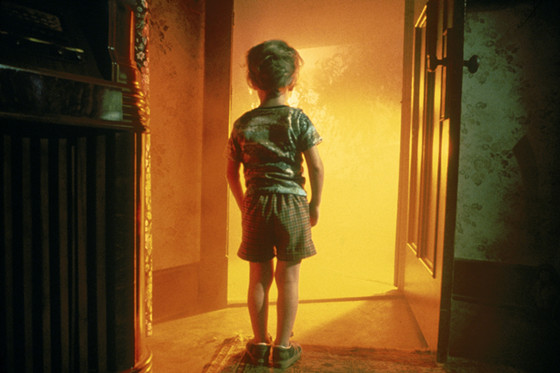
Steven Spielberg has been around for so long that sometimes it’s easy to take for granted some of his older classics. A case in point is Close Encounters, which is often swept under the rug in favor of the usual suspects (Jaws, Indiana Jones, Jurassic Park…). Not that it should be considered a hidden gem either, after all, back in 1977 it truly felt like Spielberg’s coming-out-party as one of the most promising up-and-coming directors.
Fast-forward to almost half a century later and it’s still one of his finest movies, and the imagery is as iconic and stunning now as it’s ever been. In a sense, Close Encounters kickstarted the “first contact” subgenre, spawning an array of wannabe follow-ups that more often than not failed to deliver the mix of thrill, wonder and terror of the original. Nolan had a lot to say about this movie, praising the way it addressed its premise from a family angle and a “very relatable human perspective”. He admitted that Spielberg’s cult classic was a driving source of inspiration when developing Interstellar, with which he tried to “give today’s audiences some sense of that form of storyline”.
7. Blade Runner (1982)
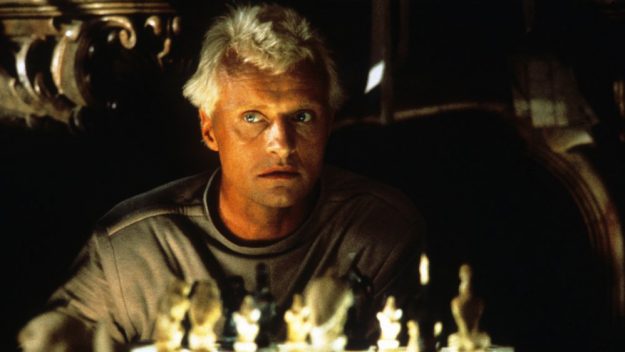
Ever since he was a kid, Nolan has been a huge fan of Ridley Scott’s neo-noir, praising the way it used its production design and sets to create “extraordinary worlds that were just completely immersive” which instantly blew him away. You can’t blame Nolan for falling in love with a visual juggernaut like Blade Runner, because after all, who could forget the monolithic pyramids, the refinery supernovas or the neon-lit street soaked in perpetual rain?
In a recent interview, the director admitted that he gravitated towards the visual treatment of Blade Runner during the early stages of production for Batman Begins, the first entry in his Dark Knight trilogy. As he puts it, he “tried to envelop the audience in the atmosphere of the world” they created and that he “definitely tried to emulate Blade Runner’s visual style” to accomplish it. He also recalls that the whole crew immediately started looking at the rain, the handheld cameras, and the longer lenses to create an authentic, gritty feel when creating texture before calling Ridley Scott the “ultimate master” at his craft.
8. Metropolis (1927)
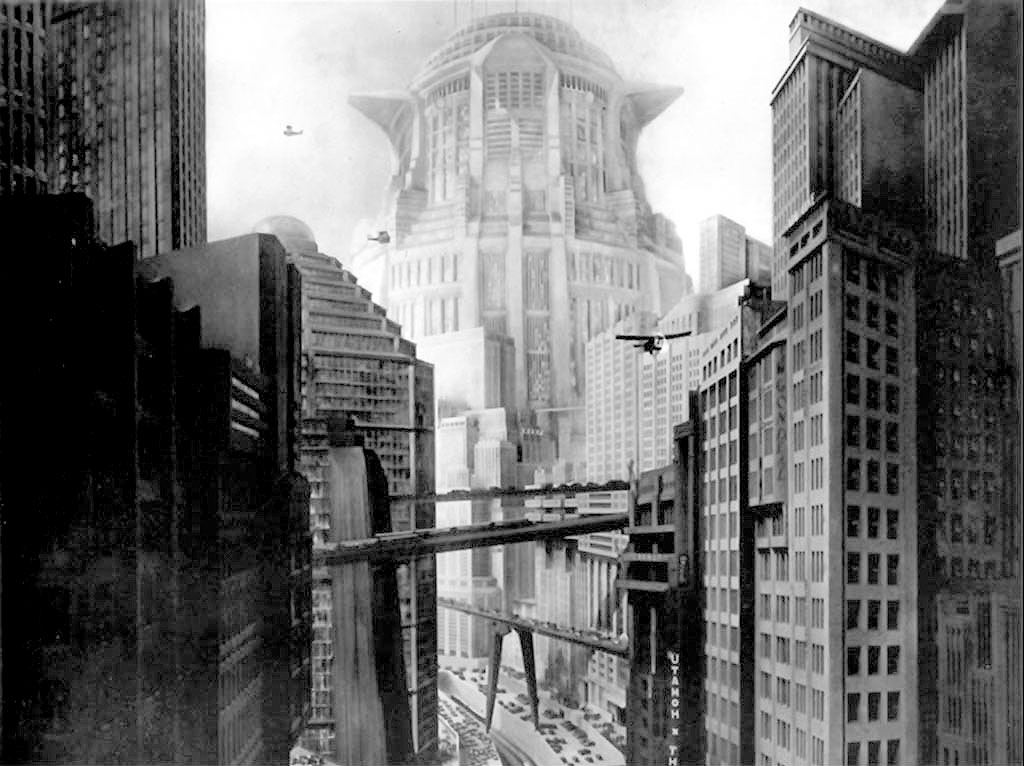
Silent movies can feel at times like the cinematic equivalent to doing your homework, a necessary evil to sit through to gain a better understanding of the medium. That’s not the case with Metropolis. It might be almost a century old now, but you’d be hard-pressed to find a more visually striking and thought-provoking silent film that feels as fresh and modern.
To talk about Fritz Lang’s expressionist classic is to talk about a total game changer and arguably the most influential sci-fi ever. Christopher Nolan certainly feels that way, and rightfully cited it as a “key touchstone” of the genre along with 2001 and Blade Runner (not bad company at all). From the art deco cityscape, the unreal set designs and the harrowing score, Metropolis introduced audiences to a world of wonder that reshaped everything that came after.
The movie is set in a futuristic city driven by a constant class struggle between the privileged elite and their exploited workers. Even today, its commentary on the rise of populism, activism, industrialization, and unchecked scientific progress feels as spot-on as it was back in 1927.
9. Slaughterhouse-Five (1972)
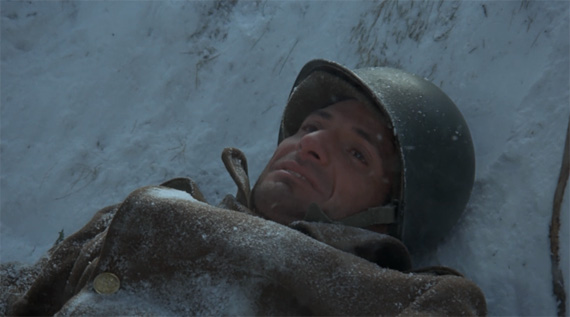
This adaptation of Kurt Vonnegut’s seminal novel is something of an oddball, a pitch-black anti-war satire with a sci-fi twist. In a way, the movie was doomed to fail as the source book was deemed impossible to adapt on the big screen, but George Roy Hill managed to capture the essence of the novel without any unnecessary changes.
The movie weaves through time to tell the story of Billy Pilgrim, an introverted optometrist who was a POW during the bombing of Dresden. The movie bounces between key moments of his life, from his youth to his time spent in World War II up to his adulthood. The story goes off the rails once Billy and his dog come across an alien spacecraft, before being abducted and sent to a kind of human zoo in a remote planet.
There is a particular chapter in the source book where the bombing of Dresden is recontextualized by being told in reverse. This narrative technique inspired Nolan to make his own reverse-order thriller in what ended up being his career-launching Memento. The novel also introduced inter-dimensional beings who exist at all times simultaneously, interfering with the protagonist, in a mildly reminiscent way as seen in Interstellar.
10. A Clockwork Orange (1971)
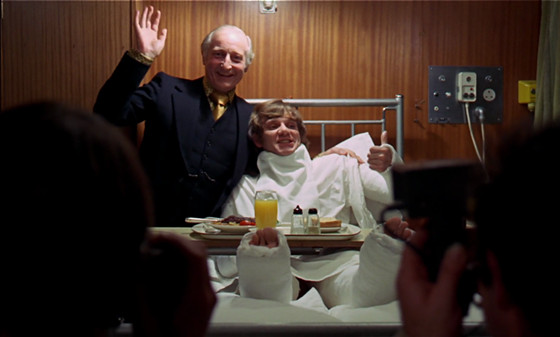
Yet another Kubrick sneaks its way into Nolan’s all-time list. This time around it’s not one that fills you with a sense of wonder and curiosity like 2001, but rather, one that makes your skin crawl and slaps you in the face with a healthy dose of nihilism. Loved by many, abhorred by others, if there’s something that can be said about A Clockwork Orange is that it didn’t leave anyone indifferent.
Although at first glance this movie can seem completely tangential to a space epic like 2001, at its heart it’s a similarly fascinating examination of human nature. The over-the-top violence, bizarre scenery and despicable characters can be unbearable at times, but they’re far from gratuitous. Beyond a clear critique on the youth’s emotional desensitization towards violence, Clockwork cares to ask, can evil be corrected, and at what cost? The deliberately ambiguous ending is still open to interpretation. Is human nature set in stone or, in turn, is it possible to fix it for good?